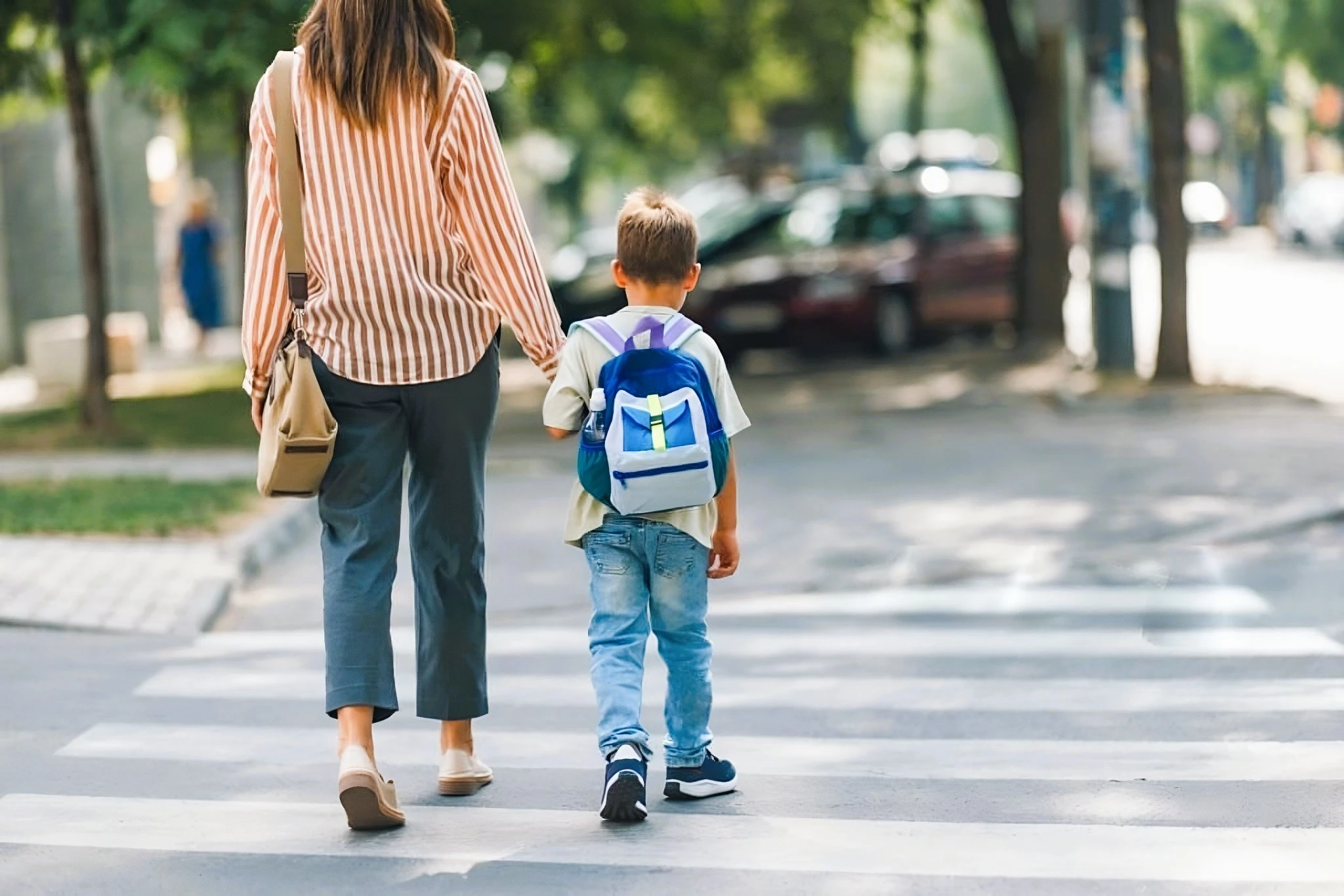Why Road Safety Education Belongs in Every School Curriculum?

Children’s safety on the roads remains one of the most pressing social and educational challenges in modern Georgia. The journey to school, which should be a safe and routine part of a child’s day, often becomes a source of risk. The lack of properly equipped pedestrian crossings, underdeveloped infrastructure, and insufficient awareness of traffic rules create conditions where children are among the most vulnerable road users.
The Role of Education in Building a Culture of Safety
According to Irakli Izoria, Head of the Road Infrastructure Association, the problem lies not only in poor infrastructure but also in a general lack of public awareness:
“When an adult breaks the rules and crosses the street when the light is red, the child instinctively imitates that behavior. This is a mistake that must not be allowed.”
This example clearly illustrates that a culture of safe behavior is formed from an early age — and education plays a decisive role in that process. Izoria emphasizes that road safety education should begin at school — taught consistently, systematically, and with consideration for the child’s age and level of understanding.
Road Safety as Part of the School Curriculum
Izoria notes that a few isolated lessons are not enough to achieve meaningful results:
“Two or three lessons are insufficient — we need a comprehensive program that includes learning materials, interactive activities, and practical exercises to help children internalize safe behavior on the road.”
This approach goes beyond simple instruction in traffic rules. It envisions a full-fledged educational module — either as a separate subject or an interdisciplinary course. Implementing such a program would also require teacher training so that educators can effectively adapt the material to different age groups.
Izoria underlines the need for a differentiated approach:
- For younger students, the focus should be on the basics — understanding traffic lights, using pedestrian crossings correctly, and recognizing road signs.
- For older students, the program should address responsibility, risk awareness, and proper behavior when cycling, riding a scooter, or driving a moped, as well as respect for other road users.
Education That Saves Lives
Teaching road safety is not merely about conveying theoretical knowledge — it’s about developing life-saving skills. Practical lessons, simulations, and game-based learning help children not only remember the rules but also apply them instinctively in real-life situations.
Families also play a crucial role. Parents must serve as examples of responsible road behavior, since it is within the family that a child’s safe habits are first formed. When adults consistently follow the rules, children naturally adopt those behaviors.
Road safety is a multifaceted issue that requires both infrastructural improvements and long-term educational commitment. Children should not only know the rules but understand why they exist — recognizing risks and taking personal responsibility for their own safety.
Irakli Izoria’s initiative to introduce systematic road safety education in schools could become a pivotal step toward building a culture of responsibility, attentiveness, and mutual respect on Georgia’s roads.
When a child learns from an early age how to cross the street safely, assess risks, and act responsibly, that knowledge becomes more than a skill — it becomes a foundation that protects them for life.


